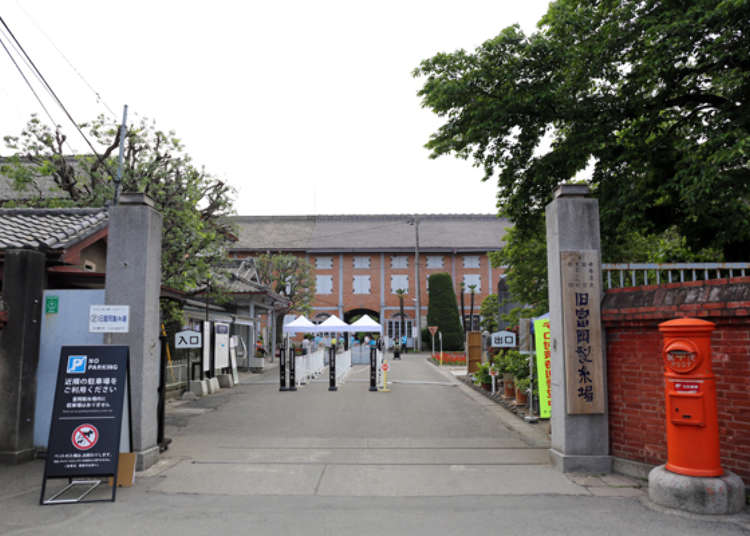
Opened in 1872, the state-owned Tomioka Silk Mill was Japan's first industrial factory to utilize modern Western technology. In 2014, the entire complex was recognized as a World Heritage Site. Its historic buildings provide a vivid and fascinating look into Japan's industrial past, making it a must-see destination for both domestic and international tourists.
The History of Tomioka Silk Mill
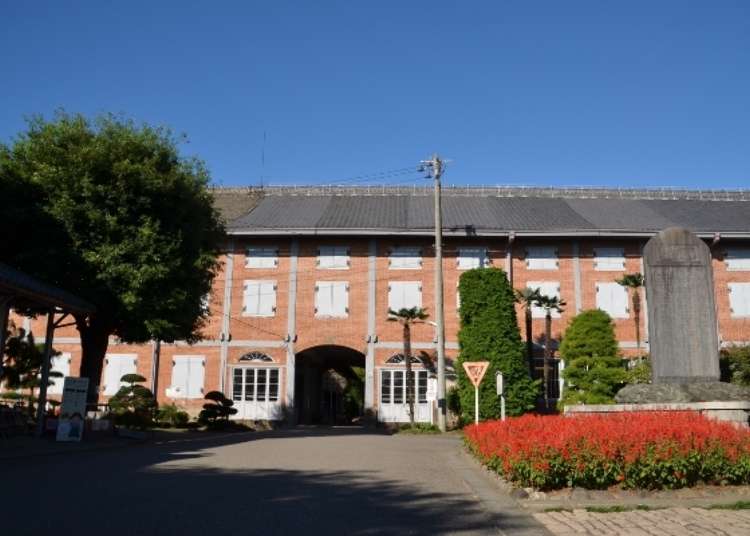
The end of the Edo era also marked the end of Japan's policy of seclusion. With this opening, both diplomacy and trade began to thrive. There was a huge overseas demand for Japanese raw silk, but this led to a lot of low-quality produce flooding the market. The Japanese government intervened and established the Tomioka Silk Mill as the new national standard for raw silk production. Despite numerous changes in management, the mill continued operations through the Showa era. When demand for raw silk declined, the Tomioka Silk Mill finally closed its doors in 1987 after an impressive 115 years of operation. Today, parts of the mill are open to the public for exploration.
Making Use of Guided Tours and Audio Guides
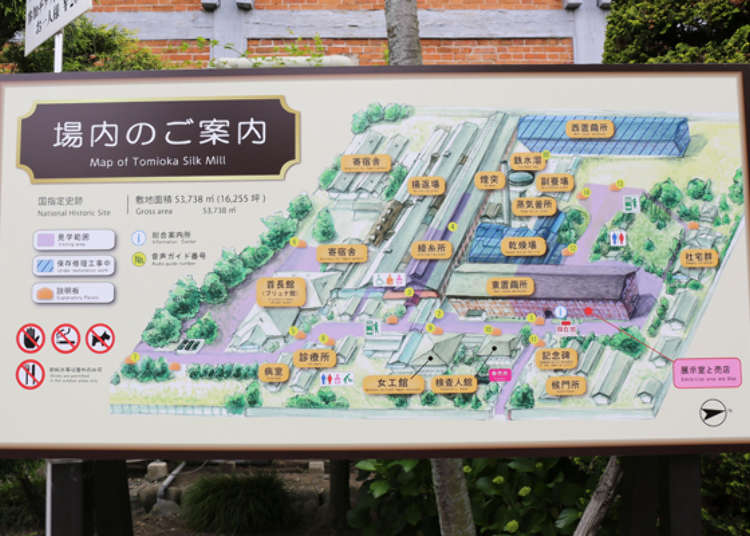
Two of the buildings that are currently open to visitors are the East Cocoon Warehouse and the Silk-reeling Plant. Audio guides in multiple languages are available for free (iOS and Android), offering useful explanations while walking the historic site. Another way to explore Tomioka Silk Mill is by making use of the QR codes scattered around the buildings - with a quick smartphone-scan, explanations about the various things to see will pop up on the device's screen. Guides also offer yours, giving unique insight into the silk mill. The tours are available in Japanese only, however.
The West Cocoon Warehouse: a Silkworm Exhibition
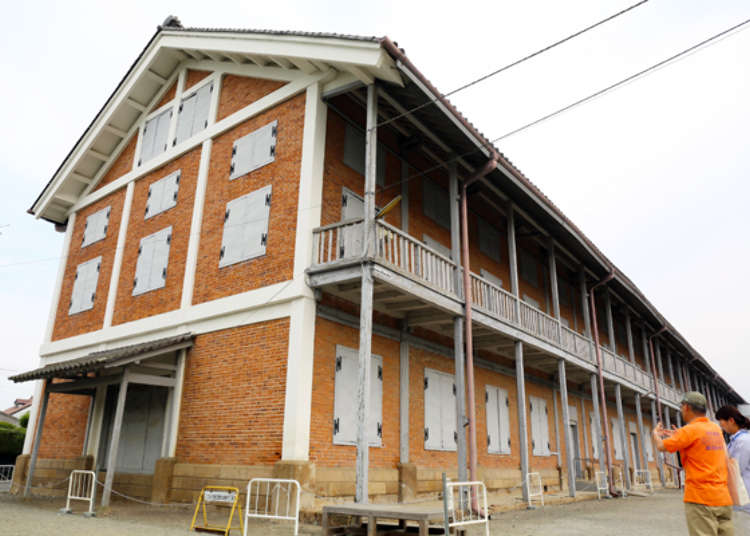
The massive, two-story West Cocoon Warehouse was primarily used to store cocoons. Built by Japanese craftsmen under French supervision, the warehouse features distinctive Western architecture with timber framing. On the first floor, visitors can view live silkworms to see what these small creatures look like. In addition to other exhibition rooms, there is a shop that sells high-quality "Tomioka Silk" products, woven from cocoons raised by Tomioka's silk farmers.
Getting Crafty: The Silk Reeling Demonstration
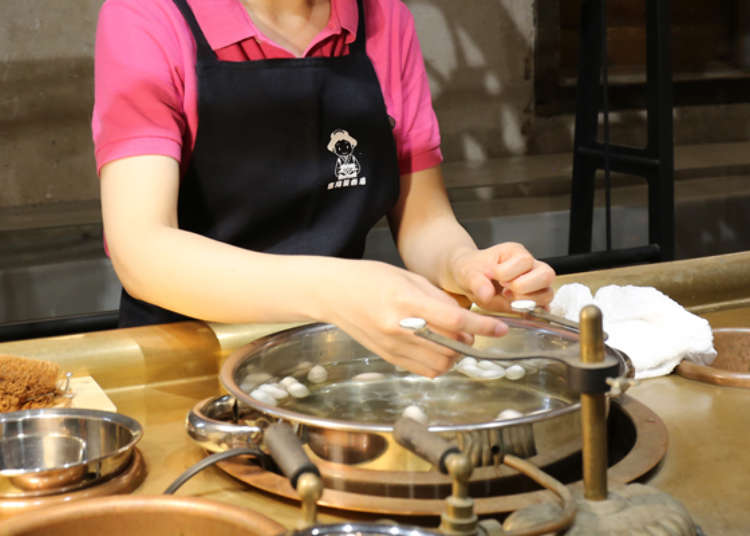
From Monday to Friday, visitors can watch demonstrations of the French silk-reeling machines next to Tomioka Silk Mill's shop. On Saturdays, Sundays, and national holidays, traditional silk-reeling machines, predating the French inventions, are showcased. The quick, rhythmic hand movements used to reel the silk are mesmerizing and provide a vivid impression of a silk reeler's work.
Slip Back in Time at the Silk-Reeling Plant
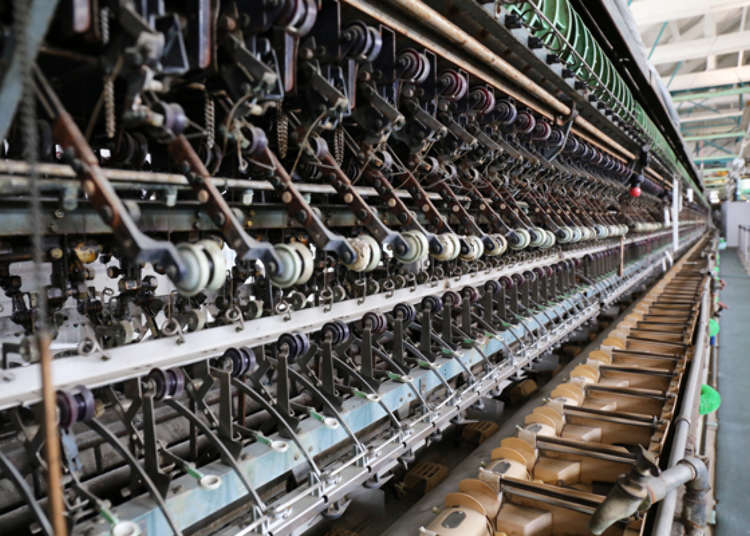
The Tomioka Silk Mill's Silk-Reeling Plant appears frozen in time since the factory's opening. Massive French reeling machines, once in constant motion, now stand still, ready to be examined by curious visitors. This preserved state captures the legacy and historical significance of the mill.
The Beautiful Director's House
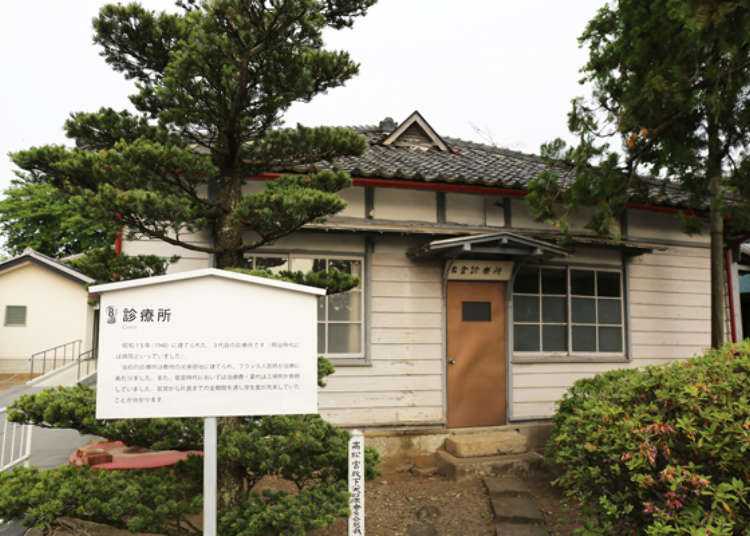
Paul Brunat, the French director of the Tomioka Silk Mill, not only supervised its construction but also managed silk production. He and his family lived in a beautiful colonial-style house next to the factory. After he left, his house was converted into sleeping quarters for the female workers. Besides sleeping, the building was also used for leisure and educational activities, with Sunday being their day off. Nearby, the complex's clinic, although not accessible to the public, is still worth seeing from the outside.
-

-
Address
1-1, Tomioka, Tomioka-shi, Gunma, 370-2316
View Map -
Nearest Station
Joshu-Tomioka Station (Joshin Line)
-
Address
1-1, Tomioka, Tomioka-shi, Gunma, 370-2316
Written by: Koji Hasegawa, Risa Hasegawa
*Prices and options mentioned are subject to change.
*Unless stated otherwise, all prices include tax.
Popular Tours & Activitiess
Recommended places for you
-

See Asakusa and Tokyo Skytree® in a New Light at the "Také Akari" Festival (Winter 2025-2026)
by: Guest Contributor
-

Get Ready to Catch 'Em All! First Ever Permanent Outdoor Pokémon Park Opening Near Tokyo!
-

2025 Autumn Colors Report: Kurobe Gorge Nearing Peak
by: Timothy Sullivan
-

2025 Japan Autumn Color Report: Tokyo's Ginkgo Trees Starting to Glow
by: Timothy Sullivan
-

LaLaport TOKYO-BAY North Building Now Open: Shop, Dine & Enjoy Events at LaLa arena, Just 2 Stops from Disney
by: Wemmy Chau
-

Don't Miss Out! The One Thing You Must Do Before Shopping at Mitsui Shopping Park LaLaport: Get Your Max 10% OFF Coupon Book
Inspiration for Accommodations
-

Enjoy Mt. Fuji from the Comfort of Your Room! Recommended Ryokan with Mt. Fuji View
-

Stay Near the Cherry Blossoms! Hotels for Cherry Blossom Viewing in Tokyo
-

Family-Friendly Hotels with Free Shuttle to Disneyland: Convenient Access for a Magical Stay
-

Top Ranked Hakone Hotels with Mt. Fuji View: Enjoy Stunning Scenery from Your Private Space
-

Convenient Tokyo Hotels with Airport Shuttle: Ideal for Families and Heavy Luggage
-

Stunning Tokyo Tower View Hotels: Enjoy Spectacular Scenery from Your Private Space
-

Convenient Asakusa Hotels with Kitchens: Ideal for Extended Family Visits
-

Experience Luxury: Hakone's 10 Best Five-Star Accommodations
-

Enjoy Mt. Fuji Autumn Leaves! Top Hotels Near the Popular Autumn Leaves Corridor
-

Experience Hakone Fall Foliage from Your Room with Stunning Views
-

Complete Guide to Buying Japanese Medicine in Japan: Phrases and Vocabulary You Need to Know
-

Healthcare in Japan for Tourists: What to Do When You Get Sick or Injured in Japan
-

Spending Wonderful Time Alone in Shibuya - Free Cosmetics and a Hundred-Yen Bus!
-

An informative and engaging tour of Iwami Ginzan Silver Mine-a UNESCO World Heritage Site
-

Guide to Tokyo's Old Quarter: 7 Quaint Spots in Yanesen!
-

Autumn in Japan 2025: Fall Foliage Forecast & Where to Enjoy the Colorful Leaves (+Tour Info)
- #best ramen tokyo
- #what to buy in ameyoko
- #what to bring to japan
- #new years in tokyo
- #best izakaya shinjuku
- #things to do tokyo
- #japanese nail trends
- #what to do in odaiba
- #onsen tattoo friendly tokyo
- #daiso
- #best sushi ginza
- #japanese convenience store snacks
- #best yakiniku shibuya
- #japanese fashion culture
- #best japanese soft drinks



















